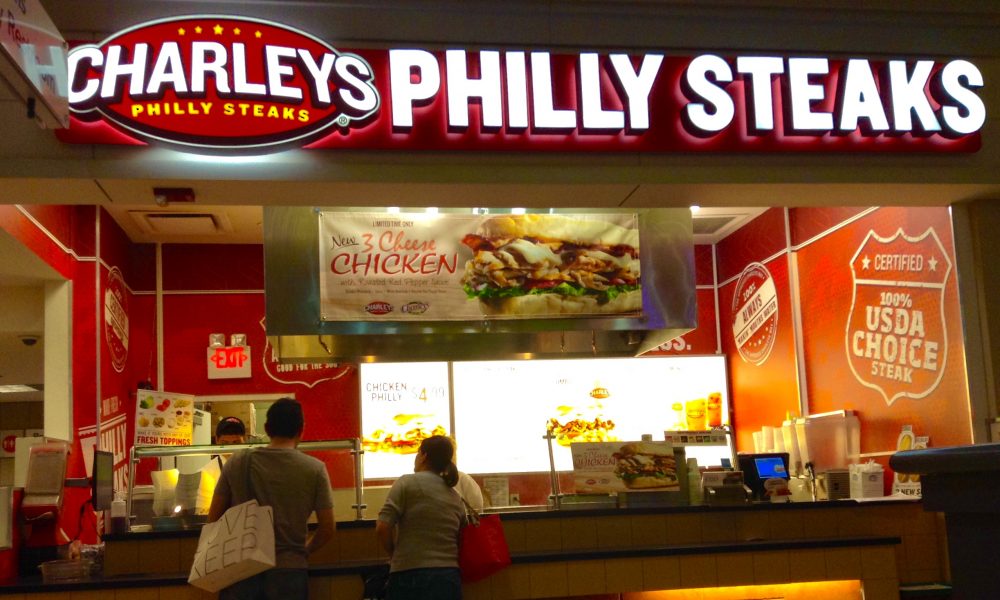The Stony Brook Student Union has a long history of leaks, creaks and being old. But that’s because it is old, which explains the early portion of the aforementioned list. For these reasons, the Union is due to be gutted and rehabilitated.
In 1969, the Student Union Building was built, and was described to contain “facilities designed to meet the cultural, recreational and social needs of the students” by the original construction plan pamphlet published in 1966. The Pritchard Gym formerly held this informal role, which made the Union the first building designated for student life.
Norman Prusslin, the Director of the Media Arts Minor as well as a former DJ for the University’s FM radio station WUSB, shared an expanse of historical knowledge about the Student Union Building.
“By the time of Fall of 1970—that was probably the first year that everybody who was going to be in this building actually was here,” Norman tells me from the high-traffic main lobby highway of the Student Union. He notes some of the organizations which called the Union their home, including student government (called Polity at the time) which resided in today’s FSA office, a bookstore below the Uniti Cultural Center and a bowling alley and recreational room around the corner in club alley, among many other quaint fixtures which don’t exist today.
The Union, was always a sort of MegaBlocks castle in its inefficient design. Nowadays, we see that as defective air circulation, pipe explosions which flood the media wing, and unused arrowslits on the roof; but the Union had a number of other sloppy design flaws way back when. A well-known fixture to the campus in regards to this sort of poor design was the Bridge to Nowhere—which went in the direction of the library but connected the Union to nothing. By 1978, the bridge was finally connected, “but it didn’t go into the library,” Norman points out, “it made a left at a 90 degree turn right into the second floor of the Staller Center.” A hardly formal ceremony was held during this bridge connected by former university President John S. Toll, where he was pied in the face by a student wearing a gorilla costume.
In 2003, Norman reminisces, “literally right after graduation, the bulldozers came and knocked the bridge down.” Despite it being convenient, Norman said the bridge was still dangerous with its own absorbent-concrete induced weather system. “It would rain… and then three days after it rained, if you walked under the bridge, it started to rain.”
Before the Recreational Center landed from Mars in 2012, the bridge which leads to the roof lead to the Union parking lot where it acted as a main entrance to the building for many students. In this, students would enter through the eternal “closed for construction” marked doorways we see today into the hallway in front of the Women’s Center. This hallway, instead of leading to a Starbucks (as the indie coffee monolith wasn’t monolithic then) there was the End of the Bridge restaurant. At the beginning of the 1980 academic year, the End of the Bridge became the primary on-campus bar due to the phase-out of dormitory bars in that same year, according to an article in The Stony Brook Press by Melissa Spielman. The restaurant went on to host concerts that were broadcasted on WUSB.
The Union wasn’t always the hip joint we know it as today. An article in The Statesman published in 1971 describes a year anniversary proceeded by doubt regarding the building’s place as a center for the campus community. Robert Reisman, the article’s author discusses an “apathetic climate” towards student activities in the Union, pointing out the many construction sites on campus contributing to this (during this period, the Melville Library and Chemistry were both under major construction). Though there were efforts in place to provide activities for students at the Union, such as art workshops led by Susan Goldin. Goldin suggested that student involvement was “a slow process” which “requires an informal approach.”
With union, the Student Union has reached this point over the years. Clubs and organizations have provided community for their respected niche groups (some more broad than others), while activities and community centers have historically done similar. Though a record store is now a craft center, the Rainy Night House cafe is an abandoned fraternity/sorority office, fart contests just aren’t a thing anymore and the fireside lounge lost its flame—the Union is still a place of community for some.
After the early 1990’s, the construction of the Student Activities Center posited itself as the technical primary point of student life while the Union took on “not a secondary role… but a complementary role,” Norman says. Despite this, the Union remained as a home to many students. Goldin’s point of student involvement being a “slow process” has been demonstrated over the years. Now the blood of the Union’s various niche communities boils thick. And now they’re all losing their home.



Comments are closed.